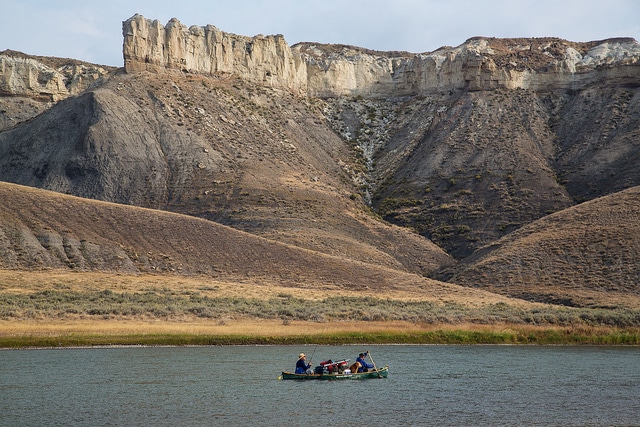Tester’s recently announced Yellowstone Gateway Protection Act aims to permanently withdraw federal mineral rights on 30,000 acres of public land in the Custer Gallatin National Forest adjacent to the Absoraka Beartooth Wilderness and Yellowstone National Park. It also eliminates the ability for proposed mines to expand onto unclaimed public land.
Tester’s bill expands the Interior Department’s two year prohibition on new mineral right claims on public lands just north of the Yellowstone National Park.
Yellowstone National Park visitors spent an average of $196 million in Park County in 2014. With more than 4 million people have visited the national park this past year, the ecosystem sustains nearly 3,000 jobs. Senator Tester understands that a clean river is worth a whole lot more to Montanans than a little bit of gold. Visitors come from around the world every year to the Greater Yellowstone ecosystem to experience the pristine land and water, and marvel at the abundance of fish and wildlife. Sen. Tester’s bill will help ensure that future generations will be able to have the same experience.
“This bill means cold, clear water for trout, boaters and irrigation. It means elk and bighorn sheep can keep migrating in and out of the park. It recognizes the Yellowstone River as the pulsing, living main artery of Paradise Valley,” said John Salazar, Livingston resident and MWF Board Member. “Our ranches, our recreation, our families, our jobs, if not our very souls rely on clean water and access to our public lands.”
Senator Tester deserves a thank you for standing up for Montanans and preventing an unwanted gold mine. To learn more about the Yellowstone Gateway Protection Act and the businesses that are involved, click here.


